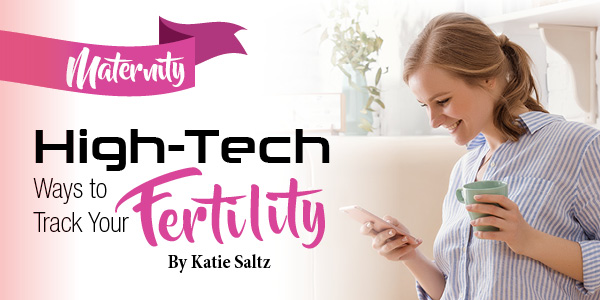High Tech Ways to Track Your Fertility
It’s not always easy to tell the best time to get pregnant. Women who can’t rely on the calendar method to be accurate are unable to predict their fertility.
Thankfully, technology has come a long in way in helping women track their most fertile days.
Here are some different options for tracking your fertility when you’re ready for a baby.
Ovulation Apps
Popular apps like Fertility Friend, Glow and Clue require the user to enter data about her cycle and then will predict her ovulation and most fertile days.
Most of these apps are free for the basic features and offer paid upgrades.
Home Ovulation Tests
At-home tests resemble pregnancy tests in that they measure hormone levels in urine to detect ovulation status.
A rise in luteinizing hormones signals that the ovary will soon release the egg, so women can predict their fertile days.
These tests can be purchased at most drug stores but are one-time use only.
Digital Fertility Trackers
Fertility monitors are digital devices that predict ovulation based on electrolyte levels in saliva, hormone levels in urine or your basal body temperature.
These devices can store ovulation information for several menstrual cycles and often sync with their own app.
Many non-invasive wearable thermometers are available now that eliminate the need for poking, prodding, peeing or spitting.
These devices predict ovulation by tracking basal body temperature, resting heart rate, skin temperature, blood flow or other fertility indicators.
Some popular options include Ava, a bracelet worn at night; Yono, an earbud to be worn while sleeping; Tempdrop, a sensor tucked into an armband; and Himama, a sensor worn against the chest.
As soon as you decide to start trying for a baby, set up an appointment with your prenatal care provider.
She can help ensure your body is healthy and ready for pregnancy, and guide you in case you encounter difficulty conceiving.

